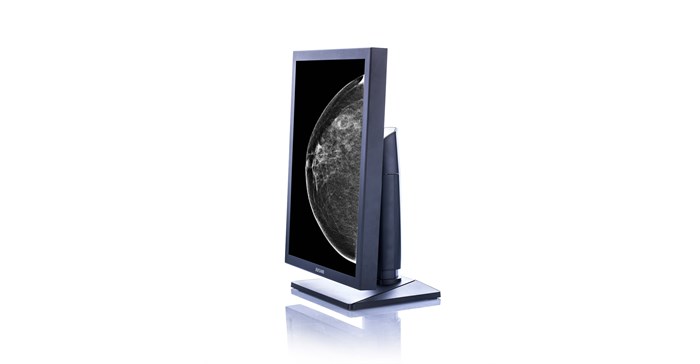With one in eight South African women developing breast cancer, it is critical that as many women as possible are regularly screened for the disease.

Conventional 5-megapixel mammogram
A challenge is that the specialised equipment required for mammography – particularly high-resolution (5 megapixel) displays – can push up the cost of the examination considerably.
However, this could change, according to Nicolene Voget, product manager at Bidvest Medical.
Three-meg display approved by FDA
The Federal Drug Administration (FDA) in the United States has cleared a 3-megapixel display for digital mammography applications; previously only 5-megapixel displays had been authorised for breast screening.
“The standard PACS (picture archiving and communications systems) workstations used in radiology practices are 3-megapixel devices. It is only mammography displays that are required to be 5-megapixel.
“However, if 3-megapixel displays are now being developed that are able to produce images of sufficient resolution to detect breast cancer tumours, the cost-saving implications would be significant,” she says.
No significant difference in performance
A recent study in the European Radiology journal investigated whether lower resolution, lower cost viewing devices had the potential to deliver adequate mammographic images.
The study did not include a standard 3-megapixel PACS display, but an even lower resolution (1,8-megapixel) LCD monitor. It found that there was no significant difference in the performance of the 5-megapixel and 1,8-megapixel displays, provided sophisticated image manipulation software was used to enhance the image on the lower-resolution system.
“If an ordinary monitor could potentially be used for mammography, it indicates that the advances that have been made in the clarity and definition capabilities of 3-megapixel PACS displays could make them suitable for mammography.
“The FDA has taken the first step in this direction. We’ll be watching to see whether the South African Directorate of Radiation Control follows suit,” she concludes.
































